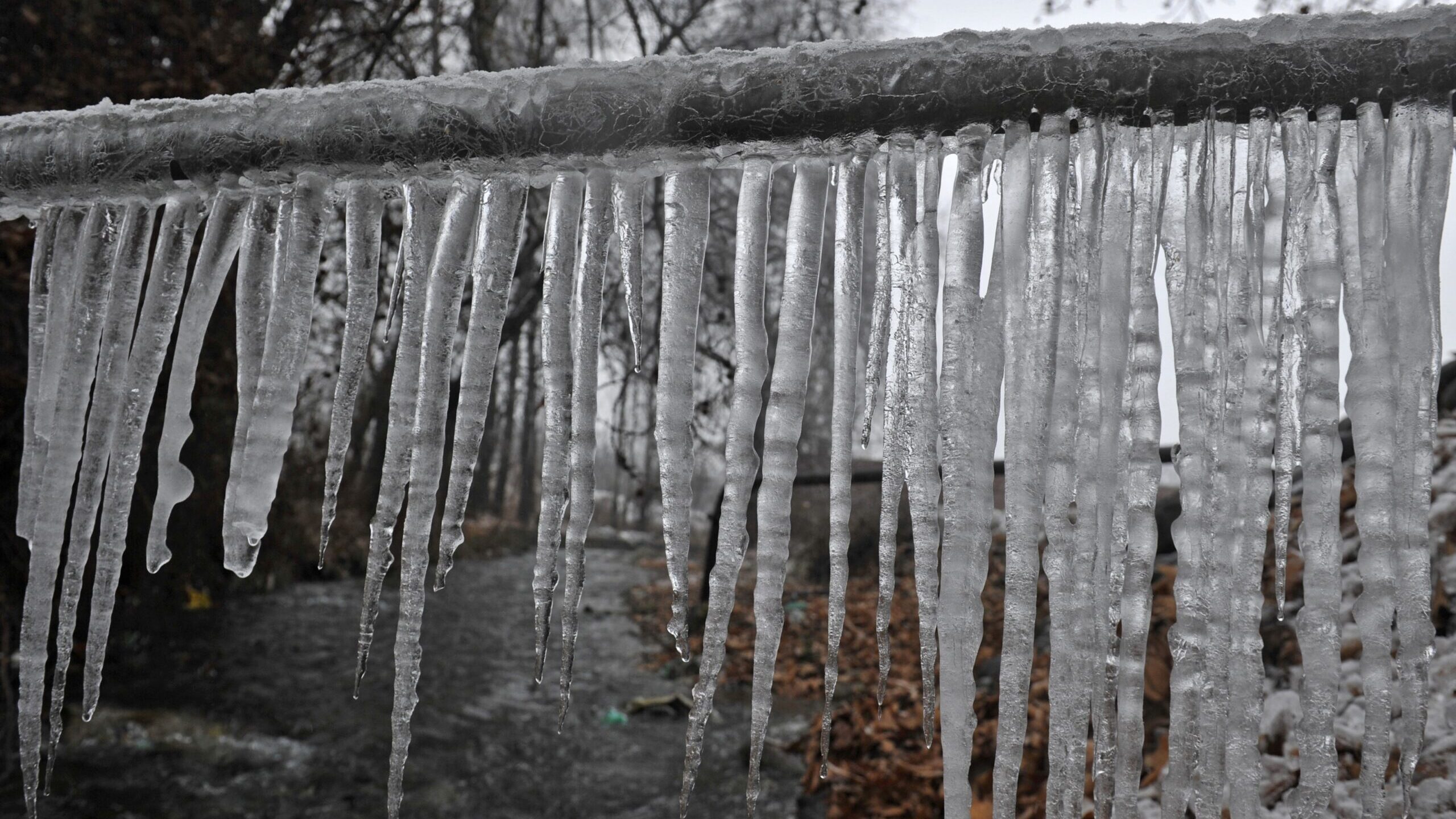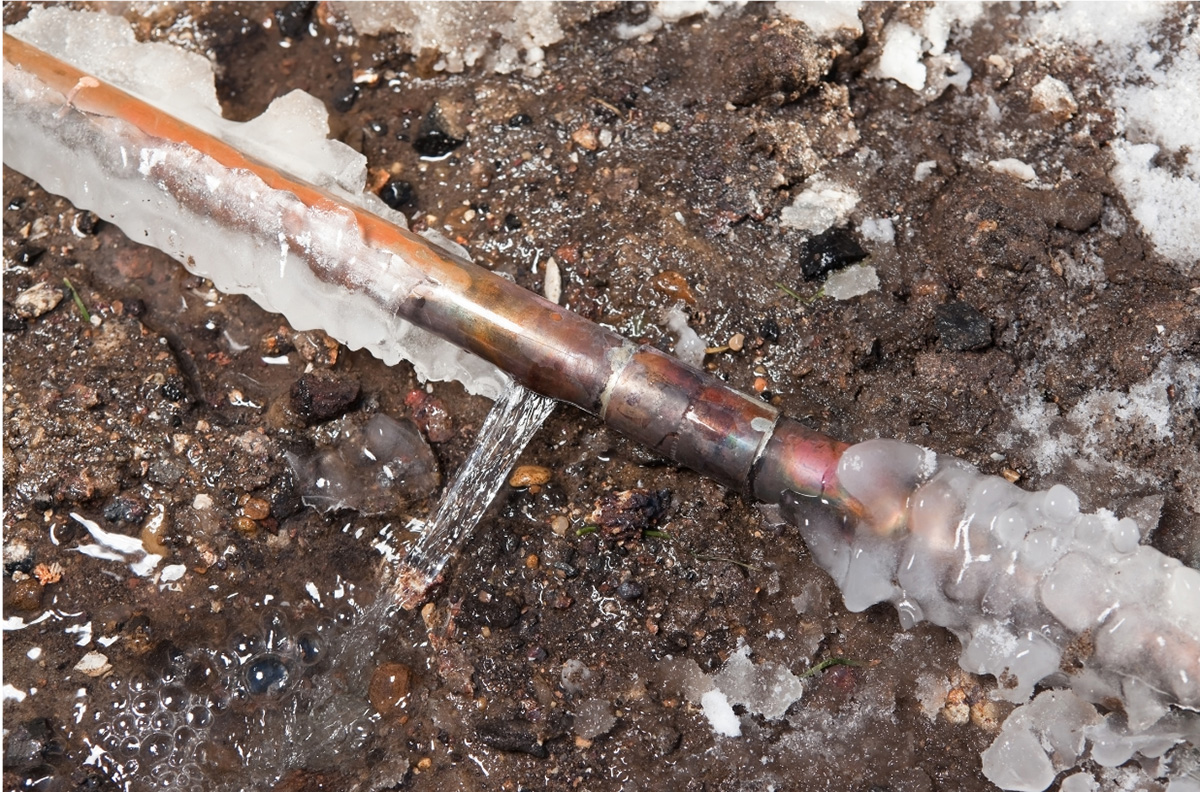Are you currently trying to find ideas on Helpful Tips to Prevent Frozen Pipes this Winter?

Cold weather can wreak havoc on your plumbing, particularly by freezing pipes. Right here's exactly how to avoid it from happening and what to do if it does.
Intro
As temperature levels decline, the danger of icy pipelines boosts, potentially causing expensive fixings and water damages. Comprehending how to stop icy pipes is essential for homeowners in cold climates.
Avoidance Tips
Protecting at risk pipes
Cover pipelines in insulation sleeves or use warmth tape to protect them from freezing temperatures. Focus on pipes in unheated or outside areas of the home.
Heating techniques
Maintain interior areas effectively heated, particularly locations with pipes. Open closet doors to permit cozy air to flow around pipelines under sinks.
Just how to identify icy pipes
Look for reduced water flow from taps, unusual odors or sounds from pipelines, and noticeable frost on exposed pipes.
Long-Term Solutions
Architectural changes
Think about rerouting pipes away from outside wall surfaces or unheated locations. Add added insulation to attics, cellars, and crawl spaces.
Updating insulation
Invest in high-grade insulation for pipelines, attics, and wall surfaces. Correct insulation assists maintain constant temperature levels and reduces the danger of frozen pipes.
Shielding Outside Plumbing
Yard pipes and exterior taps
Disconnect and drain pipes yard pipes before winter season. Mount frost-proof faucets or cover outside taps with shielded caps.
Recognizing Frozen Pipes
What creates pipelines to ice up?
Pipes freeze when subjected to temperature levels listed below 32 ° F (0 ° C) for prolonged durations. As water inside the pipelines freezes, it broadens, putting pressure on the pipe walls and possibly creating them to rupture.
Risks and problems
Icy pipes can cause water supply interruptions, residential or commercial property damages, and expensive repair work. Burst pipes can flooding homes and trigger comprehensive structural damage.
Indications of Frozen Pipeline
Recognizing frozen pipelines early can avoid them from breaking.
What to Do If Your Pipelines Freeze
Immediate actions to take
If you presume icy pipelines, maintain faucets open up to eliminate stress as the ice thaws. Use a hairdryer or towels taken in hot water to thaw pipelines slowly.
Final thought
Stopping frozen pipes requires proactive measures and fast feedbacks. By recognizing the reasons, signs, and preventive measures, house owners can secure their pipes during winter.
5 Ways to Prevent Frozen Pipes
Drain Outdoor Faucets and Disconnect Hoses
First, close the shut-off valve that controls the flow of water in the pipe to your outdoor faucet. Then, head outside to disconnect and drain your hose and open the outdoor faucet to allow the water to completely drain out of the line. Turn off the faucet when done. Finally, head back to the shut-off valve and drain the remaining water inside the pipe into a bucket or container. Additionally, if you have a home irrigation system, you should consider hiring an expert to clear the system of water each year.
Insulate Pipes
One of the best and most cost-effective methods for preventing frozen water pipes is to wrap your pipes with insulation. This is especially important for areas in your home that aren’t exposed to heat, such as an attic. We suggest using foam sleeves, which can typically be found at your local hardware store.
Keep Heat Running at 65
Your pipes are located inside your walls, and the temperature there is much colder than the rest of the house. To prevent your pipes from freezing, The Insurance Information Institute suggests that you keep your home heated to at least 65 degrees, even when traveling. You may want to invest in smart devices that can keep an eye on the temperature in your home while you’re away.
Leave Water Dripping
Moving water — even a small trickle — can prevent ice from forming inside your pipes. When freezing temps are imminent, start a drip of water from all faucets that serve exposed pipes. Leaving a few faucets running will also help relieve pressure inside the pipes and help prevent a rupture if the water inside freezes.
Open Cupboard Doors
Warm your kitchen and bathroom pipes by opening cupboards and vanities. You should also leave your interior doors ajar to help warm air circulate evenly throughout your home.

Do you really like reading about Helpful Tips to Prevent Frozen Pipes this Winter? Place a remark directly below. We will be happy to listen to your thinking about this page. We hope to see you back again in the future. Sharing is caring. Helping others is fun. Thank-you for your time spent reading it.
Pricing